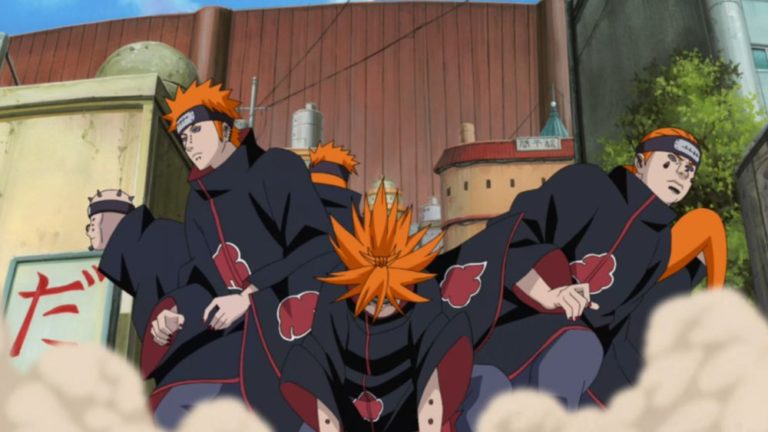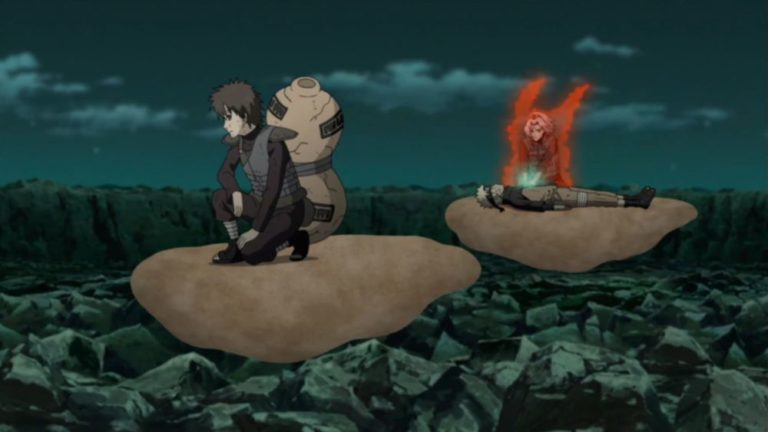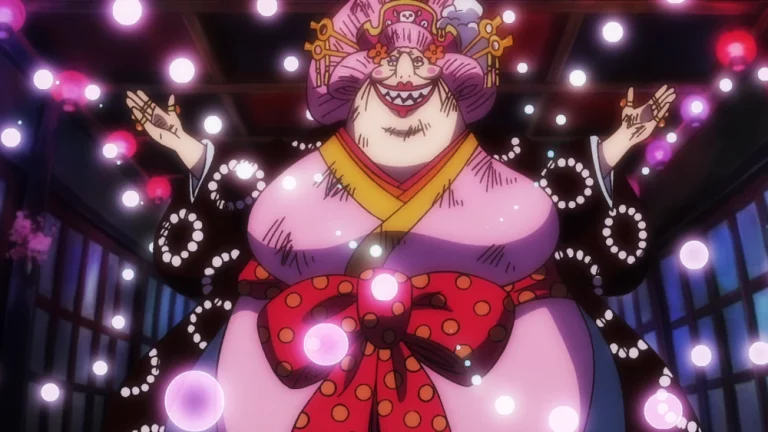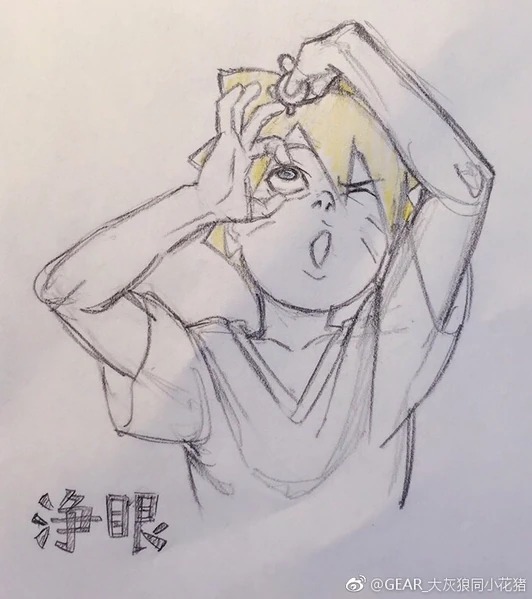The Ultimate Guide: How Naruto Became Hokage
The Ultimate Guide: How Naruto Became Hokage
We all know the story, a boisterous boy with a big dream and an even bigger heart. But how did Naruto Uzumaki, a once pariah of the Hidden Leaf Village, soar to the exalted position of the Seventh Hokage? This is the tale of an underdog’s rise to glory, a story that resonates with anyone who’s ever been told they couldn’t achieve their dreams.
Naruto’s journey isn’t just about the battles and the strategy; it’s a journey of personal growth, perseverance, and the unwavering belief in oneself despite daunting odds. For seasoned fans and newbies alike, prepare for a deep dive into the epic saga of how Naruto became Hokage. A tale so rich, it could only be told in the world of anime.
Through memorable encounters and life-defining challenges, Naruto’s tale became a blueprint for hope and determination. A vibrant beacon for many of us, whether we’re just starting our own quests or we’ve been on the path of shinobi life for years. This ultimate guide is your companion as we rekindle the excitement of Naruto’s ascension to leadership!
Naruto’s Journey to Becoming the Seventh Hokage
From the very first episode, fans were hooked on Naruto’s infectious energy and his ambitious proclamation: He would become the Hokage. But this was not a path paved with ease. It was one fraught with trials, rivalries, and lessons that would forge the will of fire within him to lead and protect his village.
The Significance of the Hokage Title in Naruto’s Life
For Naruto, the Hokage title was more than just a position of power. It represented a dream that fueled his every action; a calling to be acknowledged and respected by those who once shunned him. The Hokage was the epitome of courage and leadership, and for Naruto, it symbolized the ultimate transformation from zero to hero.
Becoming the Hokage meant validating his existence and proving his worth. It wasn’t just about commanding the village; it was about protecting every single heart within it. For Naruto, the title was a beacon of hope, a future he saw for himself where he could turn the pain of his lonely beginnings into strength that would unite his world.
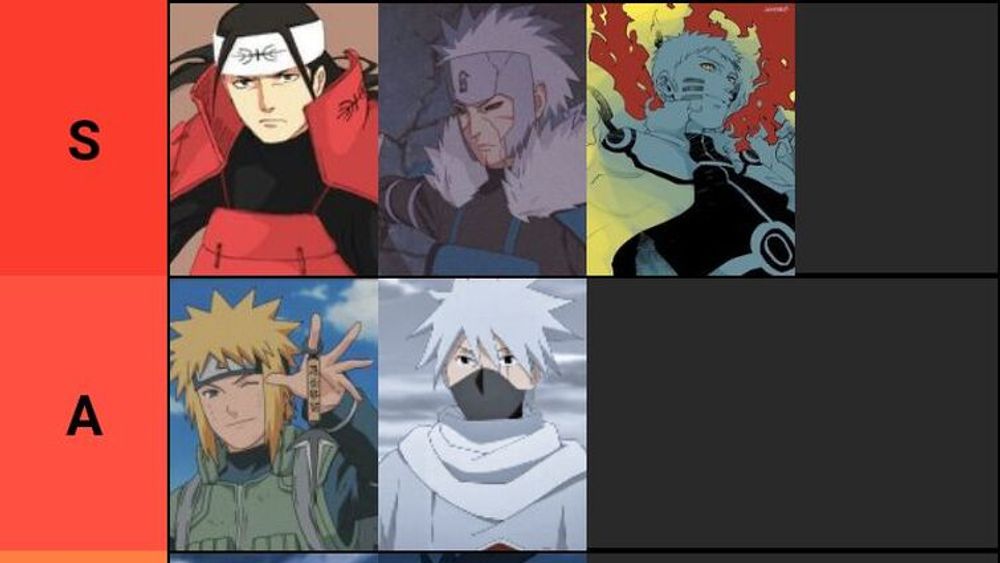
The Hokage title symbolized the ultimate transformation from zero to hero for Naruto, validating his existence and proving his worth.
Naruto’s Early Ambitions and Challenges
Naruto’s ambitions, as clear as day from the get-go, were met with skepticism. He was no prodigy, and his mischievous ways made him an unlikely candidate for such a revered position. His challenges were existential – from grappling with being the host of the Nine-Tails to being ostracized by his peers.
He faced defeats, setbacks, and the harsh reality of his own limitations. Yet, what Naruto lacked in finesse, he made up for with sheer tenacity and the heart of a lion. Each challenge was an opportunity to improve, each failure a stepping stone closer to his Hokage aspiration.
Key Milestones in Naruto’s Path to Hokage
Growing stronger with every battle, Naruto’s road was marked with a series of key milestones that shaped him into a leader. The Chunin exams were a primer, revealing his raw potential and sparking significant growth. His training with Jiraiya honed not only his skills but also his vision of the ninja world.
Each confrontation with the Akatsuki drilled in important lessons of life and death, love and friendship, propelling him toward his destiny. But the pinnacle of his journey was perhaps his face-off with Pain, where Naruto not only saved the village from ruin but also won the hearts of its people, proving he had what it takes to be their Hokage.
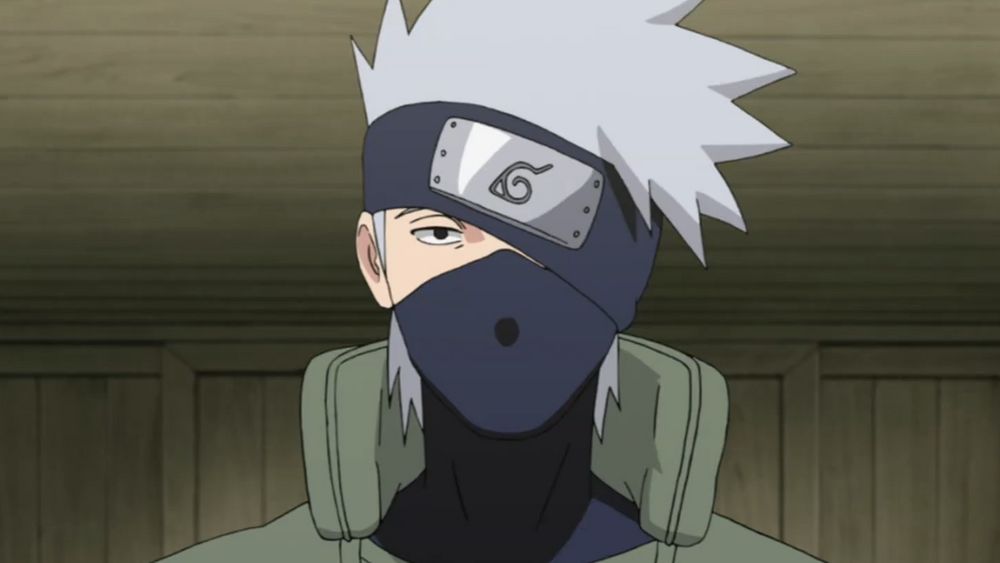
Naruto’s journey was marked by key milestones, including the Chunin exams, training with Jiraiya, and facing off against the Akatsuki, ultimately culminating in his impactful battle with Pain.
The Hokage Selection Process
Selecting a Hokage is not taken lightly in the shinobi world; it demands a blend of strength, wisdom, and a heart aligned with the village’s values. The process normally involves consultations, recommendations, and nods from the village’s previous leadership, ensuring a successor worthy of the title.
Traditional Criteria for Becoming Hokage
Traditionally, the criteria to become a Hokage were stringent. Candidates were scrutinized for their:
- Mastery of ninjutsu, taijutsu, and genjutsu
- Leadership abilities and experience
- Unwavering loyalty to the Hidden Leaf
Possessing these qualities made for a solid leader, someone capable of making decisions for the good of the village even in the face of adversity. Decisive battles and strategic acumen were also imperative, earning the respect of fellow Shinobi.
How Naruto’s Case Was Exceptional
Yet, Naruto’s ascent to Hokage broke the mold in every way. His unconventional path was a testament to his:
- Unorthodox methods and unpredictable fighting style
- Irrefutable impact on the world around him
- His sheer force of will and unbreakable spirit
Naruto wasn’t just a powerful ninja; he was a unifier, a beacon of change whose determination and compassionate heart overshadowed traditional metrics. His case was unique, rewriting what it meant to ascend to leadership.
Naruto’s Contributions to the Ninja World
Naruto’s legacy transcends his personal ambitions. His contributions to the ninja world rewrote the status quo and fostered a new era of peace and understanding, with Naruto at its vanguard.
Major Battles and Alliances
Throughout the series, major battles were decisive in shaping the future. Yet, it was Naruto’s ability to forge alliances that truly changed the course of history. Battles against formidable opponents like the Akatsuki showcased not just Naruto’s growth in strength but also his understanding of cooperation and friendship, building bridges even within the heart of conflict.
His diplomatic breakthroughs were monumental. He turned enemies into allies and hatred into understanding, laying the foundation for a united Shinobi world. His influence created ripples that extended far beyond the borders of the Hidden Leaf.
Naruto’s Role in the Fourth Shinobi World War
The Fourth Shinobi World War was a pivotal moment in Naruto’s life. Amidst the chaos and destruction, he emerged not only as an outstanding fighter but also asa savior. Naruto’s ingenuity and power played a crucial role in turning the tide of war.
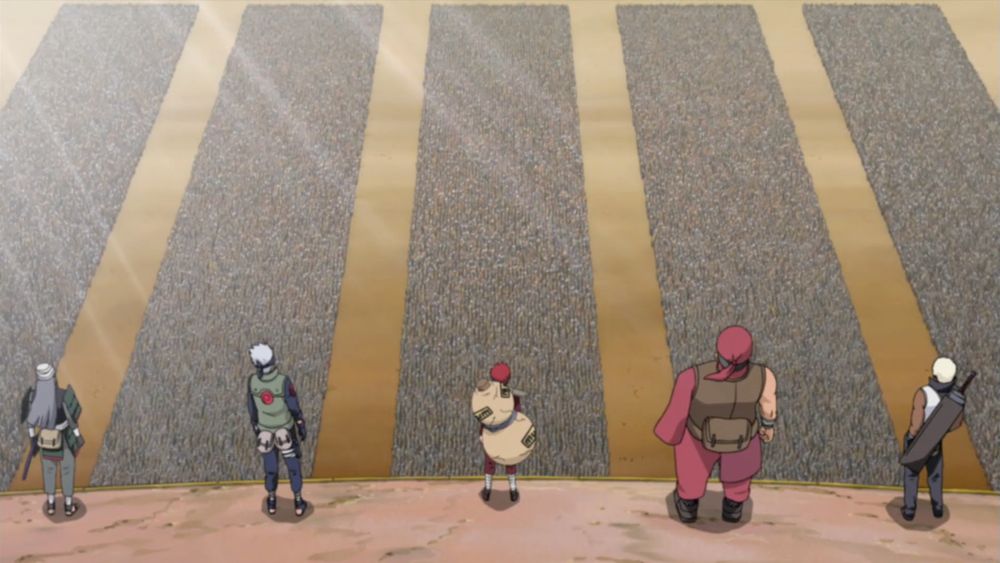
But beyond his combat abilities, it was his sheer force of character that rallied nations. His dedication to peace and camaraderie inspired unity among the Shinobi forces. His conviction in the face of despair not only changed the course of the battle but also carved his path toward becoming Hokage.
Naruto’s dedication to peace and camaraderie inspired unity among the Shinobi forces, changing the course of the battle and carving his path toward becoming Hokage.
The Day Naruto Became Hokage
It was a day etched in memory, the culmination of a journey filled with insurmountable challenges and unwavering resolve. The day Naruto Uzumaki finally fulfilled his dream and became the Seventh Hokage was a testament to his inexhaustible spirit.
The Transition of Power
When it comes to how Naruto became Hokage, the transition of power was nothing short of an inspirational saga. Following the conclusion of the Fourth Shinobi World War, the Hidden Leaf Village needed a leader who embodied the new era of peace and understanding. Naruto, with his unwavering dedication and spirit, was the unanimous choice. The formal passing of the mantle from Kakashi Hatake, the Sixth Hokage, to Naruto was a powerful moment, symbolizing the evolution of the shinobi world from the cycles of hatred to a future brimming with hope.
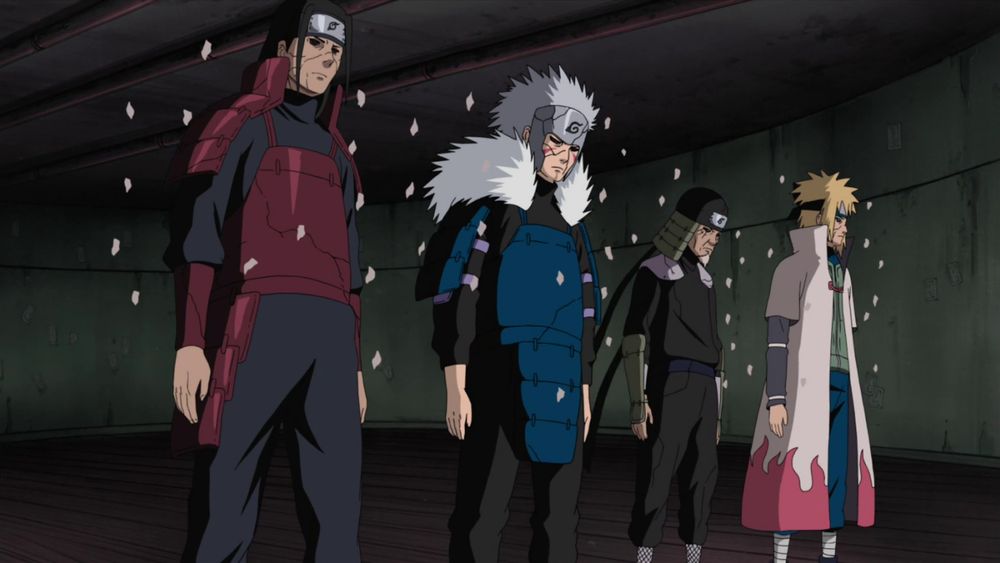
Kakashi’s tenure had been instrumental in stabilizing the village after the war, and he laid the groundwork for Naruto’s leadership. However, the actual transition of power was a testament to Naruto’s personal journey; from the once ostracized Jinchuriki to the village’s greatest protector and leader. The Village Council’s recognition of Naruto’s heroics and character was a heartwarming validation of his dreams.
The Inauguration Day Mishaps
Oh, guys, you won’t believe the hilarity and chaos that ensued on Naruto’s Inauguration Day! Imagine the splendid ceremony planned to induct our beloved knucklehead ninja as the Seventh Hokage, and then, it all went topsy-turvy. Boruto, Naruto’s own son, decided it was the perfect day to pull a prank by using a Rasengan to plaster the Hokage monument with paint.
Amidst the traditional pomp and seriousness, Boruto’s mischief served as a humorous nod to Naruto’s own childhood pranks. It was a day of laughter and facepalming as the village came together to witness this significant but slightly imperfect ceremony. True to form, even during his inauguration, Naruto’s life was anything but ordinary, showcasing the lighter side of the ninja world.
Naruto’s Impact as the Seventh Hokage
As the Seventh Hokage, Naruto’s influence on the Hidden Leaf Village was profound and transformative. Brimming with the passionate spirit of a leader who had truly seen the darkest and the brightest sides of life, Naruto brought about changes that would redefine the future of the village he so dearly loved. His ability to connect with people, understand their worries, and inspire hope, drew not just from his strength as a ninja but also his compassionate heart, setting a new standard for what it meant to lead.
Changes and Reforms Under Naruto’s Leadership
Amidst the start of his term, Naruto implemented several changes and reforms to ensure the prosperity and safety of the village. One major impact was the modernization of the Hidden Leaf, infusing advanced technology into daily life and ninja operations. Scientific ninja tools, once a controversial topic, were integrated with traditional shinobi methods to better equip the new generation of ninjas.
Education reform was another milestone. Naruto revamped the Academy curriculum, stressing not only on shinobi skills but also on diplomacy, history, and the importance of peace in the hopes that future ninjas would be warriors and protectors of peace. Uplifting the village infrastructure, bolstering defenses, promoting inter-village relations, and helping to heal the scars of war were among his top priorities, reflecting his deep belief in a community united for common good.
Naruto implemented changes and reforms to modernize the Hidden Leaf, integrating advanced technology, revamping education, and prioritizing peace and unity for the prosperity and safety of the village.
Naruto’s Vision for the Future of the Hidden Leaf
Naruto’s vision for the Hidden Leaf Village was steeped in the dreams of his youth yet broadened by the maturity of his experience. He envisaged a village where every citizen, regardless of their background, could find their purpose and live without fear. A central aspect of this vision was the fostering of unity and understanding, not just within the village but across the entire ninja world.
He understood the importance of legacy – imparting the will of fire to the young ones, ensuring they would carry on the values of the Hidden Leaf long into the future. Collaboration with other ninjas and the bolstering of alliances marked a definitive shift towards collective security over rivalry and isolation.
Above all, Naruto dreamed of a world where the cycle of hate was broken, and true peace could be achieved. He met with leaders, empowered the voiceless, and tirelessly worked to dissolve old prejudices and fears. The village flourished under his care, growing into a beacon of what’s possible when compassion and powerful leadership collide.
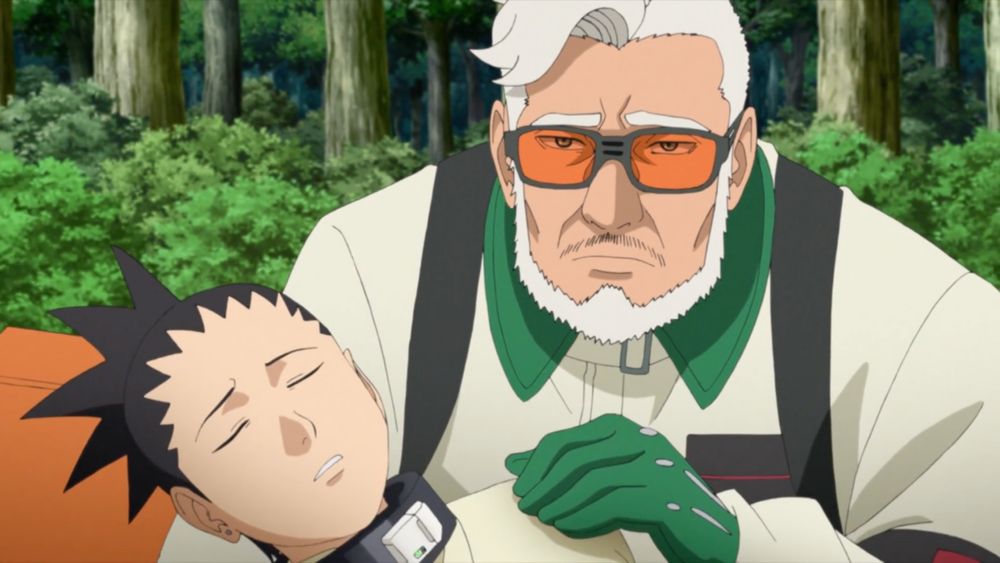
FAQs
1. At what age did Naruto become Hokage?
Naruto became Hokage at the age of 27. His journey to this esteemed title was arduous but ultimately fulfilling, with his dreams materializing into reality as he took on the mantle of leadership with the resilience and joy that had become his trademark.
2. Which episode showcases Naruto’s inauguration as Hokage?
Naruto’s inauguration as Hokage is showcased in a special anime OVA titled “The Day Naruto Became Hokage.” This OVA captures the light-hearted events and the significant milestone of Naruto’s life in a unique and entertaining way.
3. Did Naruto skip any ranks before becoming Hokage?
Naruto did not formally skip any ranks before becoming Hokage. Although his progression through the conventional ninja ranks was unique, he earned the title of Hokage through his heroic actions and the overwhelming approval of his peers, rather than following the standard promotional path.
4. How does Naruto’s approach to being Hokage differ from his predecessors?
Naruto’s approach to being Hokage differs from his predecessors through his focus on diplomacy and understanding. His own experiences as a marginalized individual informed his inclusive policies, emphasizing forgiveness, open communication, and technological innovation to ensure a peaceful future.
Conclusion
Naruto Uzumaki’s path to becoming the Seventh Hokage is a narrative that captures hearts and ignites the imaginations of both long-time fans and those new to his story. The how Naruto became Hokage tale is one of perseverance, transformation, and unabashed belief in one’s dreams. It showcases that with enough determination and support, even the most outlandish dreams can become a vivid reality.
Under Naruto’s tenure, the Hidden Leaf Village witnessed unprecedented growth and change, embodying the very essence of the will of fire – an enduring symbol of the shinobi spirit. As we recap the milestones and reflections on how Naruto became Hokage, we can’t help but feel an overwhelming sense of pride and inspiration. I mean, who didn’t tear up when Naruto, our once lonely ninja, achieved his lifelong dream? Total feels!
So, whether you’re a newbie still getting the hang of chakra natures, or a sage of the anime realm who’s debated every twist and tunneled down every plot hole, Naruto’s journey resonates with us all, tempting us to believe in the impossible. Until our next anime adventure, stay awesome and keep dreaming big, just like Naruto.
Catch you later, and remember – the best is yet to come!
Alex
This article uses material from the Naruto wiki at Fandom and is licensed under the Creative Commons Attribution-Share Alike License.


